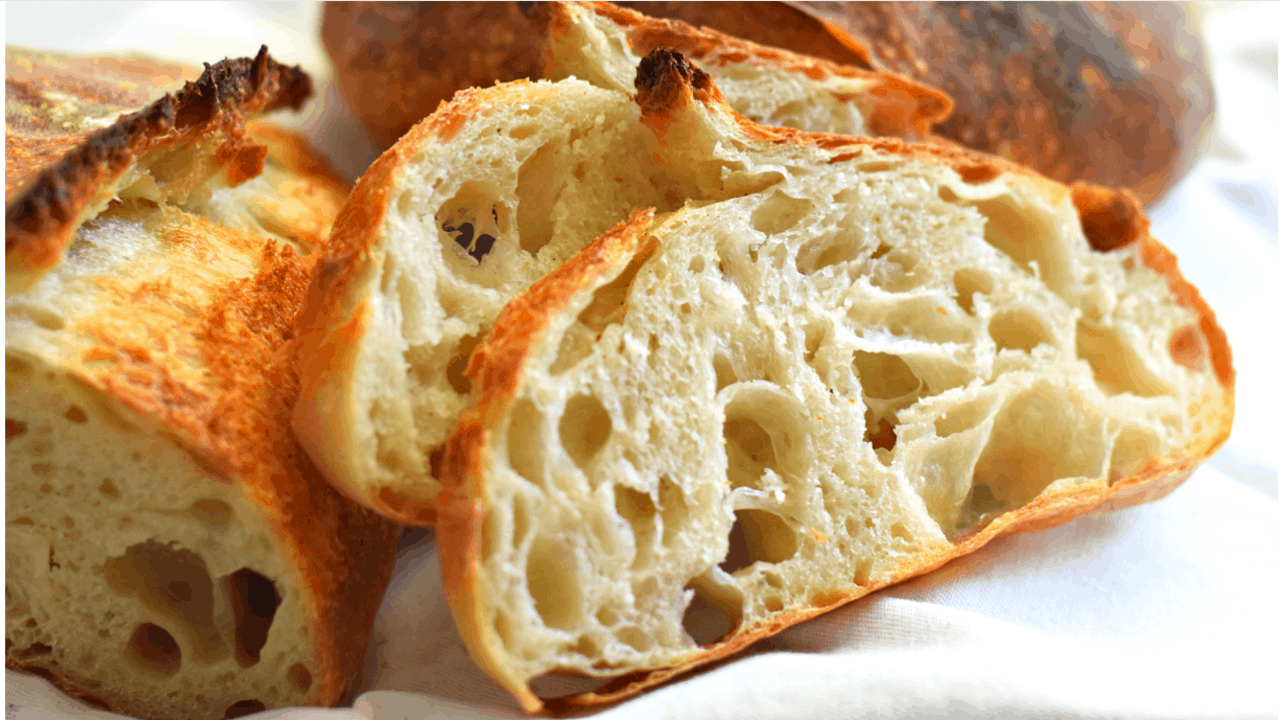Where Does Bread Yeast Come From?
Have you ever wondered where bread yeast comes from and how it transforms simple ingredients into fluffy, delicious bread? Knowing where yeast comes from can enhance your love for baking. It can also help you pick the best products for your kitchen.
In this article, we will look at the interesting journey of bread yeast. We will see how it goes from nature to your dough. We will also explain why it is important for making perfect homemade bread.
:max_bytes(150000):strip_icc()/bread-making-yeast-faq-1447197-hero-682926d3911149e3a966f5eead5a4aca.jpg)
What Is Bread Yeast?
Yeast is a single-celled microorganism (a type of fungus) that plays a crucial role in baking. When activated, yeast consumes sugars and releases carbon dioxide, causing dough to rise. This fermentation process gives bread its airy texture and distinct flavor.
Where Does Yeast Come From?
1. Natural Origins: Wild Yeast in the Environment
Yeast spores are everywhere—in the air, on fruit skins, and even on grains. Before commercial yeast existed, bakers relied on wild yeast by creating sourdough starters. These starters capture naturally occurring yeast and bacteria, producing the tangy flavor of sourdough bread.
2. Commercial Yeast Production
Today, most yeast used in baking is commercially cultivated for consistency and reliability. The main types include:
Active Dry Yeast – Dehydrated granules that need activation in warm water.
Instant Yeast – Finer granules that mix directly into flour.
Fresh Yeast – Moist, perishable yeast often used by professional bakers.

How is commercial yeast made?
Strain Selection – Scientists isolate high-performing yeast strains.
Fermentation – Farmers grow yeast in large vats with molasses and nutrients.
Harvesters separate, wash, and dry the yeast into granules or compress it into cakes.
Why Quality Yeast Matters for Baking
Using fresh, high-quality yeast ensures:
✔ Better rise – More CO₂ production for lighter bread.
✔ Consistent results – Reliable fermentation every time.
✔ Enhanced flavor – Proper yeast activity develops rich, complex tastes.

How to Store Yeast for Maximum Freshness
Dry yeast – Keep in an airtight container in a cool, dark place or refrigerate for long-term storage.
Fresh yeast – Store in the fridge and use within a few weeks.
Final Thoughts: The Magic of Yeast in Baking
From wild spores to scientifically cultivated strains, yeast is the invisible hero behind every loaf of bread. Whether you bake at home or work as a professional, knowing where yeast comes from can help you bake better.
Ready to bake with premium yeast? Explore our selection of high-quality yeast products and elevate your bread-making game today!

:max_bytes(150000):strip_icc()/bread-making-yeast-faq-1447197-hero-682926d3911149e3a966f5eead5a4aca.jpg)

